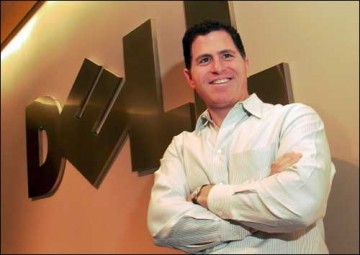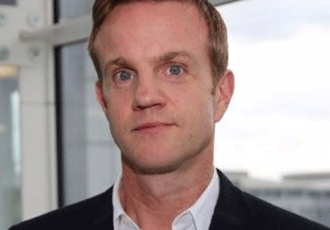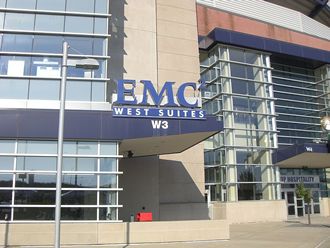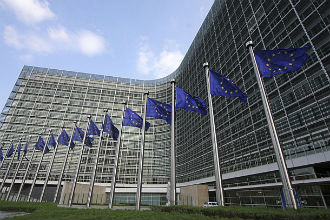 Suppliers who think they are onto a winner flogging software to the US government might be a little concerned to learn that their trusted partner might be not what it seems.
Suppliers who think they are onto a winner flogging software to the US government might be a little concerned to learn that their trusted partner might be not what it seems.
The US Navy appears to have turned to piracy in the sort of way that would make its tough pro-Hollywood and software industry stance look a bit hypocritical.
Apparently the US Navy liked a trial copy given to it by a German 3D software outfit Bitmanagement Software GmbH so much that it stole it. And now Bitmanagement is suing the United States of America for over half a billion dollars.
According to the court filing, Bitmanagement licensed its BS Contact Geo software for use on 38 Navy computers from 2011 to 2012. This limited rollout was “for the purposes of testing, trial runs, and integration into Navy systems.”
While this test period was underway, the Navy reportedly began negotiating to license the software for use on thousands of additional computers.
However, while the negotiations were ongoing, the Navy initiated its full-scale rollout without actually paying for the software.
In total, the initial 38 computers allegedly swelled to 104,922 computers by October 2013. As of today, BS Contact GEO is claimed to be installed on 558,466 Navy computers, although “likely this unauthorized copying has taken place on an even larger scale” according to the filing.
As if the unauthorized installation of software onto hundreds of thousands of computers wasn’t enough, Bitmanagement is alleging that the Navy during 2014 began disabling the Flexwrap software that is tasked with tracking the use of BS Contact Geo and helping to prevent it from being duplicated.
At the time the retail price of a single BS Contact Geo license was $1067.76. With nearly 600,000 computers now in play, Bitmanagement is seeking a whopping $596,308,103 in damages. The lawsuit, which alleges willful copyright infringement was filed on 15 July


















